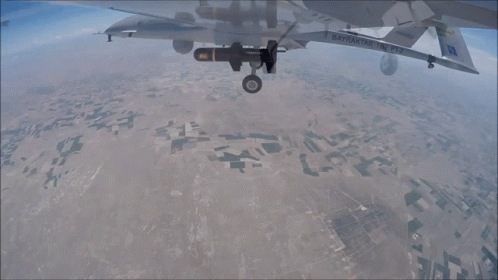Russia
lost a million people last year, to a combination of COVID-19 and vodka. By choosing to invade Ukraine, Russian dictator Vladimir Putin has made his country’s demographic disaster even worse.
Russia’s natural population (counting births and deaths, but not migration) fell by 997,000 between October, 2020, and September, 2021,
according to demographerAlexey Raksha. He attributes most of the deaths to COVID-19: With only about half of its population vaccinated, Russia has lost an estimated 750,000 people to the disease,
according to Reuters, out of a population of 145 million.
But other forces are at work as well. Alcoholism, smoking and other life-limiting habits are chronic.
“The problem is with men,” says Jeff Sahadeo, a professor at Carleton University’s Institute of European, Russian and Eurasian Studies.
Twenty-five per cent of all Russian men die before the age of 55, compared with 7 per cent in the United Kingdom, with alcohol the principal cause. A strengthening economy and improved social services alleviated the problem for several years. “But they never fixed the underlying problem,” said Prof. Sahadeo, “and now with COVID and Ukraine, things are quite grim.”
And Russia faces crippling economic sanctions because of its decision to invade Ukraine, making things grimmer still.
Russia’s COVID-19 tally hits pandemic record due to Omicron
Heavy drinking and smoking among men, along with other forms of risky behaviour, are deeply entrenched in Russian life. As the Soviet Union collapsed, state-supported industries went under, unemployment skyrocketed and social services fell apart. Substance abuse became so rife that average life expectancy
declined by four years, to 65, between 1985 and 2003.
Under Mr. Putin, the Russian economy stabilized, living standards rose and life expectancy increased to 72 years, though that is still about a decade less than in Western countries. Then COVID-19
lowered life expectancy in Russia by two years.
Russia has a fertility rate of
1.5, slightly higher than Canada’s, which is 1.4. Both countries are well below the 2.1 children per woman needed to sustain a country’s population. Both countries rely on immigration to make up for lost births. In Russia’s case, most immigrants come from the Central Asian republics, such as Tajikistan and Kazakhstan. They are mostly Muslim and not ethnically Russian, which has increased tensions.
The war in Ukraine will amplify negative demographic trends and suppress positive ones. Economic sanctions can be expected to deter immigrants from arriving. Meanwhile, tens of thousands of Russians appear to have fled the country, perhaps because they oppose the war, fear unemployment or are unwilling to live under increased censorship.
These recent migrants tend to be young, well-educated and highly skilled, said Norman Pereira, professor emeritus of Russian Studies at Dalhousie University. “They’re not significant overall in terms of numbers,” he said, “but they’re quite significant in terms of talent and education.”
Like other European countries, Russia’s population is
aging. After the Second World War, the median age was 24; today it is 40. By 2035 it will be 44. A large number of older people in need of health care and pensions will strain resources. Unless and until sanctions are lifted, immigrants are less likely to be available to do the work and pay the taxes needed to support them.
Mr. Putin has
admitted the prospect of Russia’s population decline “haunts” him. According to data
cited by Dominic Lawson in the Times of London, the death-to-birth ratio of ethnic Russians is as high as 2.5-to-1, and the overall Russian population is set decline to 115 million by 2050, from 145 million today.
Mr. Lawson believes Mr. Putin launched this war “based on a desire to reverse the demographic collapse of ethnic Russians, by annexing a nation thought by Putin to be full of Russians denied their true identity.”
Instead, he has only succeeded in getting thousands of young men killed, and caused tens of thousands of skilled young workers to flee the country. The Russian dictator has worsened the decline he sought to reverse. The fool.
Russia’s natural population fell by a million people between October, 2020, and September, 2021, largely due to COVID-19 and alcoholism. The Russian population is set decline to 115 million by 2050, from 145 million today

www.theglobeandmail.com










